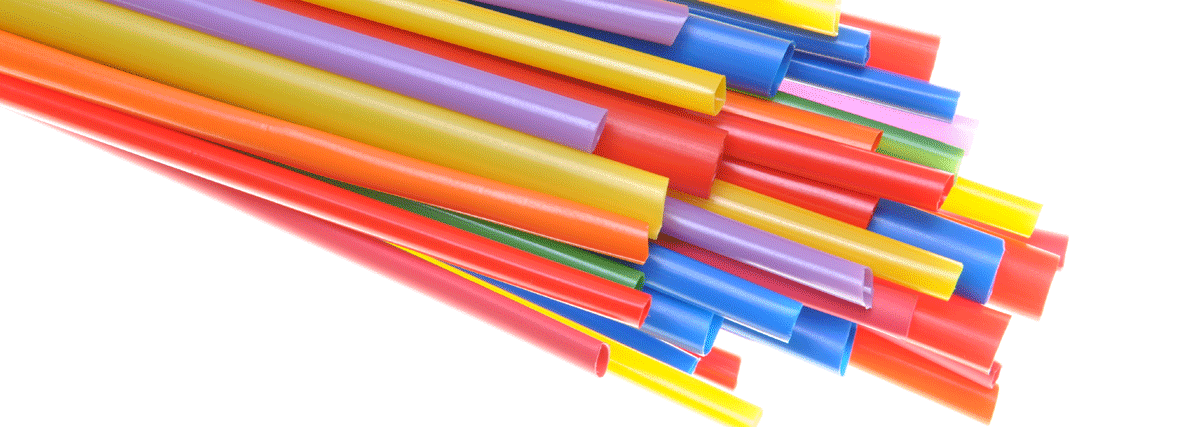Polyolefins are a family of polyethylene and polypropylene thermoplastics. They are produced mainly from oil and natural gas by a process of polymerisation of ethylene and propylene respectively. Their versatility has made them one of the most popular plastics in use today.
Properties
There are four types of polyolefins:
-
LDPE (low-density polyethylene): LDPE is defined by a density range of 0.910–0.940 g/cm3. It can withstand temperatures of 80 °C continuously and 95 °C for a short time. Made in translucent or opaque variations, it is quite flexible and tough.
-
LLDPE (linear low-density polyethylene): is a substantially linear polyethylene, with significant numbers of short branches, commonly made by copolymerization of ethylene with longer-chain olefins. LLDPE has higher tensile strength and higher impact and puncture resistance than LDPE. It is very flexible and elongates under stress. It can be used to make thinner films and has good resistance to chemicals. It has good electrical properties. However, it is not as easy to process as LDPE.
-
HDPE (high-density polyethylene): HDPE is known for its large strength-to-density ratio. The density of HDPE can range from 0.93 to 0.97 g/cm3 or 970 kg/m3. Although the density of HDPE is only marginally higher than that of low-density polyethylene, HDPE has little branching, giving it stronger intermolecular forces and tensile strength than LDPE. It is also harder and more opaque and can withstand somewhat higher temperatures (120 °C for short periods).
-
PP (polypropylene): The density of PP is between 0.895 and 0.92 g/cm³. Therefore, PP is the commodity plastic with the lowest density. Compared to polyethylene (PE) it has superior mechanical properties and thermal resistance, but less chemical resistance. PP is normally tough and flexible, especially when copolymerised with ethylene.
Applications
The specific qualities of the various types of polyolefins lend themselves to differing applications, such as:
-
LDPE: cling film, carrier bags, agricultural film, milk carton coatings, electrical cable coating, heavy duty industrial bags.
-
LLDPE: stretch film, industrial packaging film, thin-walled containers, and heavy-duty, medium and small bags.
-
HDPE: crates and boxes, bottles (for food products, detergents, cosmetics), food containers, toys, petrol tanks, industrial wrapping and film, pipes and houseware.
-
PP: food packaging, including yoghurt, margarine pots, sweet and snack wrappers, microwave-proof containers, carpet fibres, garden furniture, medical packaging and appliances, luggage, kitchen appliances, and pipes.
For more information, see: en.wikipedia.org/wiki/Polyolefin








